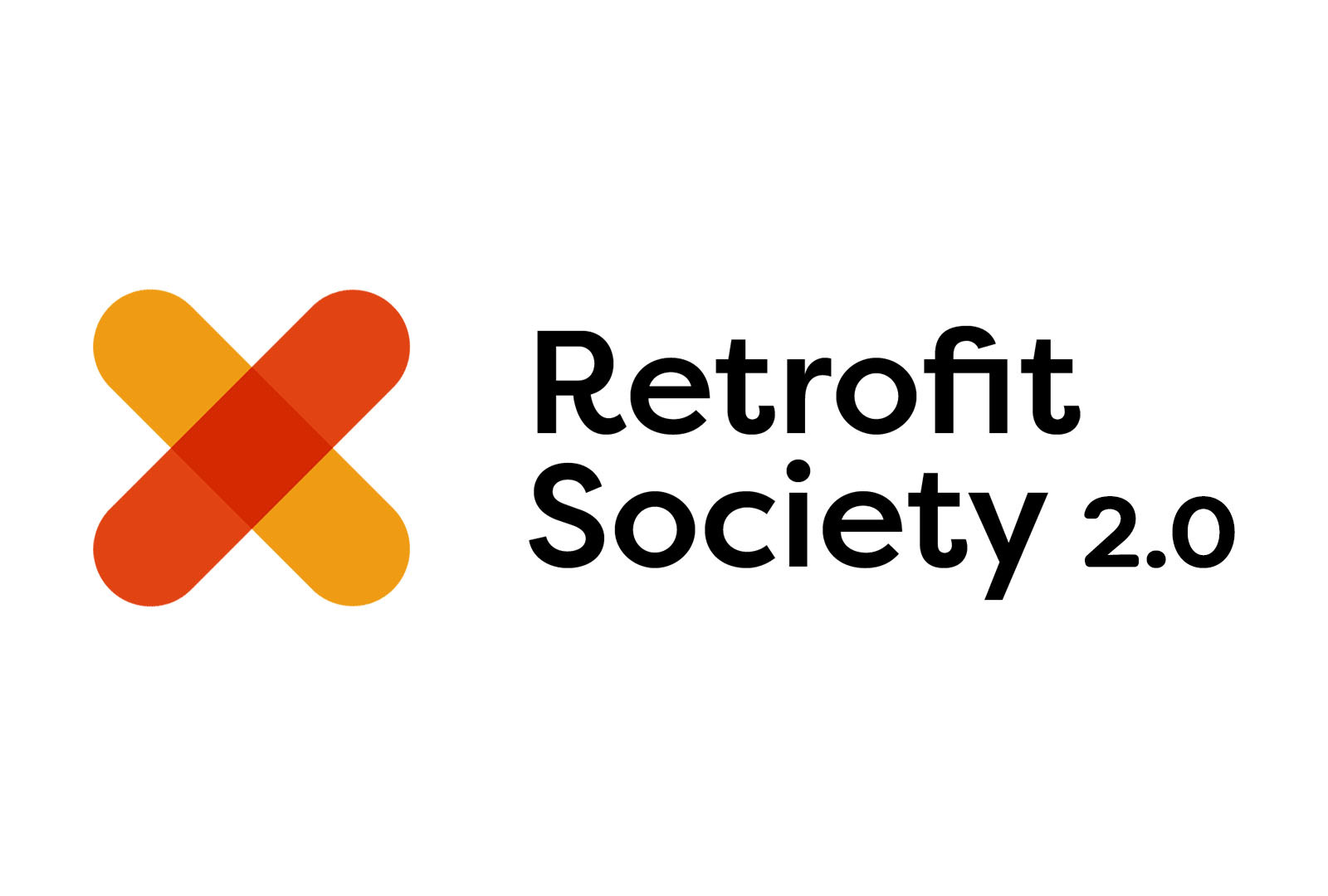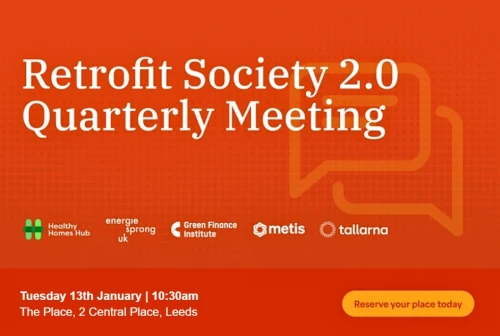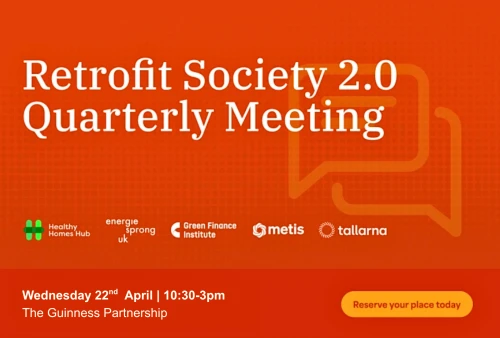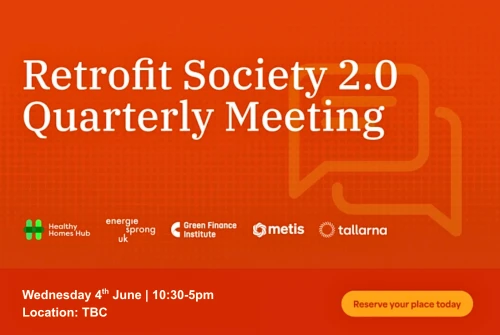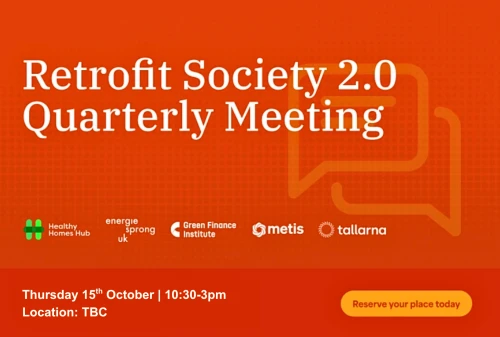RS2: Rethinking How We Fund the Future of Social Housing
10/10/2025
Jenny Danson
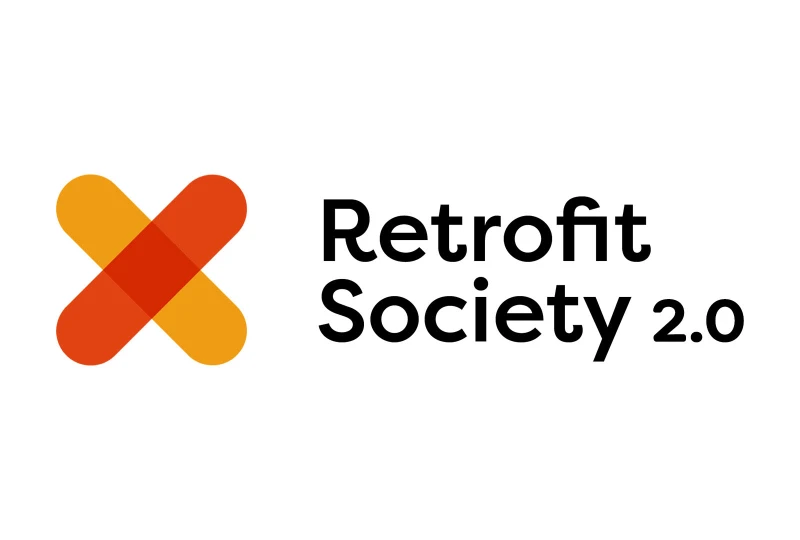
When you work in housing finance long enough, you start to notice patterns. Peaks, troughs, crises, and recoveries and, somewhere between all that, a deep desire to do right by the people living in our homes.
At September’s Retrofit Society event, Imran took us on a journey through that landscape – from the heyday of grant funding to the complex financial challenges of today. His message? We’ve reached the limit of what traditional models can deliver, and if we’re serious about building and maintaining healthy, affordable homes, something fundamental has to change.
From Grants to Debt: How We Got Here
In the 1960s and 70s, social housing was largely built on grant funding. Government-backed, publicly led, and delivered at scale. Those were the last decades we saw genuine volume building.
Then came the 1980s and 90s. The private sector stepped in, and debt became the new backbone of delivery. Banks like Lloyds, Barclays, and HSBC entered the market, bringing stability, but also dependence. The sector’s funding model reached maturity: grant plus debt, used to maintain existing stock and fund new homes.
By the early 2000s, housing finance felt like a well-oiled machine. The phrase “end of treasury” was thrown around, not because transactions would stop, but because the model seemed optimised.
And then, everything changed.
Crises, Costs and Constraints
From Decent Homes to Grenfell, from COVID to the damp and mould crisis, every major event since 2006 has reshaped the sector’s priorities... and piled new financial pressures on top.
Each crisis added cost and complexity, but not new income. As Imran put it:
“More work we need to do, more money we need to spend, but we’re not collecting any additional rent.”
Then came Osborne’s rent reduction policy, a 1% annual cut for five years, stripping £5 billion from the sector. Add in the cost of cladding removal, fire safety upgrades, building safety compliance, and now the upcoming Decent Homes Standard 2, and it’s easy to see how treasurers have found themselves stretched to breaking point.
Today, the picture is stark:
Interest coverage is just 88%. For every £1 of mortgage payment, the sector generates only 88p in surplus.
Repairs and maintenance costs have soared from £5.7bn in 2020 to over £8.8bn in 2024.
Cost of funding has tripled, rising from 2% to around 6–7%.
It’s no wonder, Imran noted, that the sector’s once “AAA” credit rating is now edging towards “BBB” territory.
A Perfect Storm
We’re now facing a confluence of issues:
Rent caps limiting income growth
Rising maintenance and compliance costs
Declining credit quality increasing borrowing costs
And a national housing target, 1.5 million new homes in five years, that feels increasingly unrealistic.
The simple truth is this: we can’t borrow our way out of this.
Even if housing associations maxed out their remaining debt capacity (around £15 billion), it would only fund roughly 75,000 homes, a fraction of what’s needed.
So What Needs to Change?
The conversation can’t stay siloed. Finance, sustainability, asset management, and policy teams need to come together, not operate in parallel universes.
As Imran said:
“For too long we’ve had treasurers talking to banks, policy teams talking to ministers, and sustainability teams talking to themselves. We need one joint, strategic conversation.”
Debt will still play a role, refinancing will always be necessary, but the future lies in innovation and collaboration:
Alternative delivery models – such as off-balance-sheet vehicles and energy-as-a-service models.
Private partnerships that share risk but preserve social value.
Government-backed guarantees to lower the cost of debt.
And critically, new revenue streams – from renewables, energy generation, and smart technology – that can help make homes both healthier and financially sustainable.
A Healthier Financial Model
Imran’s point wasn’t that private finance is a “necessary evil”. Far from it.
“We’ve delivered £100 billion of private debt already. Every year, £6 billion in interest goes back to the banks. What we need now is a more sophisticated model. ne that delivers better capacity, better homes, and better outcomes for residents.”
In other words, the goal isn’t just to fund more homes. It’s to fund better homes - warm, safe, affordable, and healthy ones.
Because, as the Healthy Homes Hub continues to champion, the financial health of the sector is inseparable from the physical and mental health of its residents.
The Road Ahead
As Imran concluded, the things that served the sector for the last 40 or 50 years won’t serve it for the next 20. The next decade will demand courage to think differently, to blend financial and social value, and to build models that are sustainable in every sense.
That’s not just about spreadsheets. It’s about people, place, and purpose.
And that’s where the real innovation will come from.
Practical Steps for Housing Providers
Bring finance and sustainability together. Create joint teams or regular cross-department sessions to align on strategy and risk.
Map future funding needs not just for new build, but for retrofit, safety, and decency.
Explore off-balance-sheet options and energy service models that can unlock alternative revenue streams.
Engage your board early build literacy around new funding approaches and appetite for innovation.
Collaborate. Join sector groups like the Retrofit Society to share models and avoid reinventing the wheel.
Become a member to read this article and more!
Social Housing Providers, Local Government, and Academics can sign up for free to access this article and more.
Already registered? Login Here
Related Content
What Are the Benefits of Being a Member of the Healthy Homes Hub?
Industry Recognition and Networking:
Connect with a thriving network of over 350 housing organisations, including decision-makers, innovators, and leaders. Build partnerships that enhance your professional growth and create lasting business opportunities.
Showcase Your Expertise:
Demonstrate your impact by participating in exclusive case studies, webinars, and events. Highlight your contributions to creating healthier, sustainable homes, reaching a broad audience across the sector.
Influence Policy and Advocacy:
Be part of shaping housing policy through direct engagement with policymakers and advocacy efforts. Stay at the forefront of discussions driving meaningful change in the housing sector.
Access to Market Insights:
Gain access to Healthy Homes Hub’s regular newsletters, expert analysis, and resources. Stay informed about trends, regulations, and innovative practices that affect housing professionals.
Specialised Events and Workshops:
Take part in events like the Immersive Study Tours, offering hands-on learning and networking opportunities. Visit groundbreaking projects and facilities to explore real-world solutions for healthier and more sustainable homes.
Exclusive Tools and Resources:
Only members can upgrade to Housing Sage, a cutting-edge AI assistant tailored to social housing professionals. Benefit from personalised insights, regulatory guidance, and innovative ideas to enhance your operations.
Collaboration Opportunities:
Contribute to Healthy Homes Hub’s mission by sharing best practices, participating in action learning programmes like the Retrofit Society, or co-developing solutions with academic and industry leaders.

